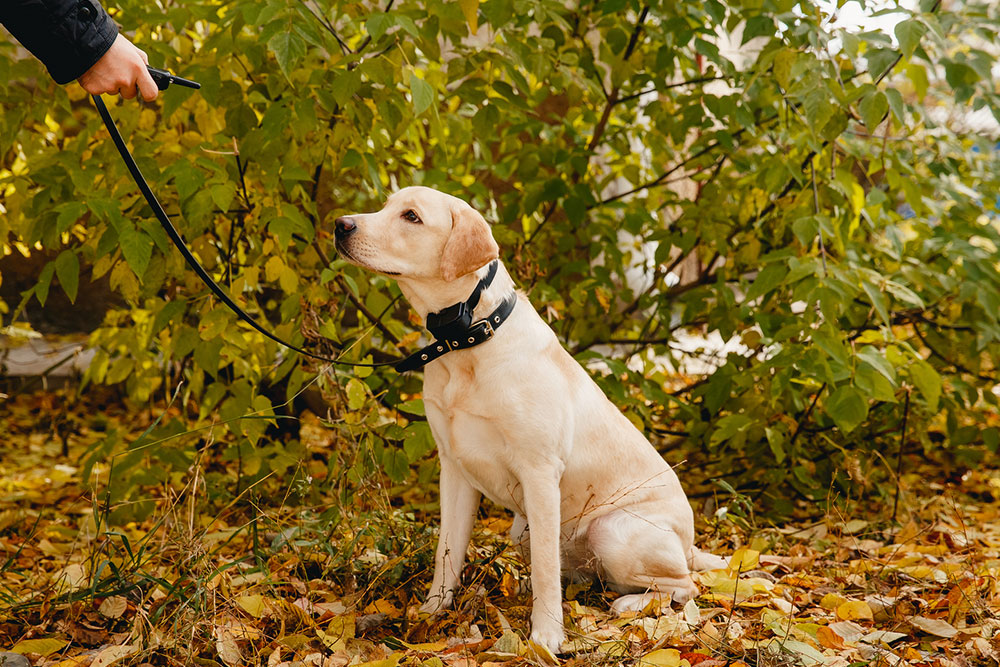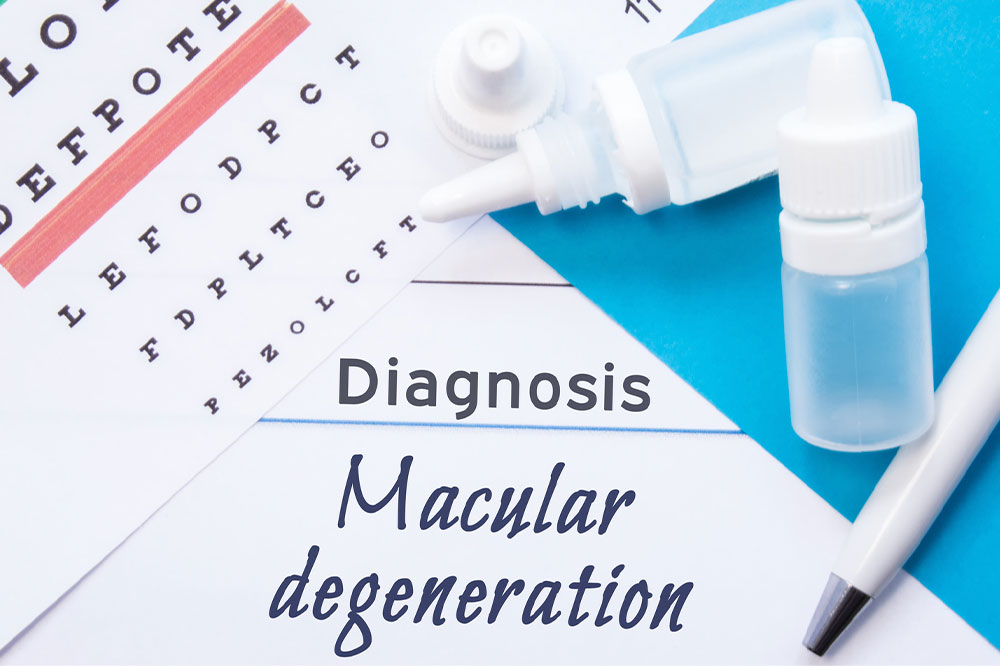6 benefits of invisible wireless electric dog fences

For dog parents, nothing is more precious than their canine companions’ well-being and safety. So, from dog-proofing the home to installing fences, they go all out to protect and nurture their beloved pets. With fencing, there is always the risk of dogs leaping across the fences and escaping from their homes. Sometimes, dogs may even dig over the fence to find their way out, leading to bruises and cuts on the body. That’s where invisible, wireless fences can save the day.
How do invisible wireless dog fences work?
Traditionally, for invisible fences, a wire is laid around the area in which a dog resides. Every time the dog steps on the area underneath which the wire runs, a radio signal is emitted, which activates the “shock collar” around the dog’s neck. As a result, the dog receives a harmless electric shock and is dissuaded from crossing the yard. But these days, wireless dog fences have made the invisible fencing process even easier. Here, a wireless transmitter emits this radio signal to activate the dog’s shock collar, sending a tingling sensation across the animal’s body, so it gives a startling effect without causing any harm to the dog. This foolproof method is becoming immensely popular for various reasons.
Benefits of invisible wireless electric dog fences
Fewer chances of the dog escaping
As mentioned earlier, traditional concrete fences may be sturdy, but there is always a chance that the dog will find a way around it by leaping over it, digging through the gaps, or up the ground and uprooting the fence. In the bargain, the dog may even end up getting bruised. But since invisible fences involve mild electric shocks, dogs may come to associate escaping the yard with the shock sensation and steer clear of the yard’s boundaries. So, there is typically a minuscule chance that a dog might escape an invisible electric fence.
Quick and convenient installation
Unlike conventional or even invisible wired fences, which need to be built over a period of time, invisible wireless dog fences are incredibly easy to install, so they are very convenient for dog owners looking for practical solutions to prevent their four-legged friends from wandering away.
Cost-effective
Very few materials are required to install a wireless, invisible dog fence, so its installation costs are usually much lower than those of other fencing options. Consequently, it’s a great option for dog parents who want a pocket-friendly but effective solution to fence their yards.
No interruptions to open spaces
Sometimes, one may not want a fence to disrupt the open, green landscape outside their home. Even with wired fences, one would have to dig up the perimeters of the yard so the activity does interfere with the environment around. With wireless fencing, one does not have to compromise on the aesthetics of the area surrounding one’s home; at the same time, these fences protect one’s canine friends from leaving the home premises.
No need for multiple gates
Usually, with concrete fences, one also has to install gates to allow for entry and exit to different areas surrounding the yard, which increases the time and effort involved in the installation. However, with invisible fences, there is no requirement of installing extra gates. One can easily navigate the areas around the home without having to open and shut gates repeatedly.
Highly portable
Another major advantage of invisible wireless dog fences is that they are extremely portable. If one plans to move to another home, they can easily carry these fences along with them to the new place. This saves time and money because one doesn’t have to go through the entire installation process all over again.
Things to remember when installing wireless invisible electric dog fences
Find the right location to place the transmitter
It is essential to find the ideal location for the transmitter – for starters, the location should be dry and shouldn’t have any debris lying around. Also, they should be placed at a distance from other electrical appliances or devices because these may prevent the signals from reaching the dog’s collar effectively. Also, they need to be placed at a central point so that it is in the purview of the whole yard. If there are too many trees and other obstructions, the signal quality may be poor, so one should find the ideal location considering these aspects.
Accurately measure the perimeter of the yard
Even if it’s a wireless dog fence, finding the perimeter of the yard is essential because one needs to get an idea of the range for the fence. Ideally, the range should be from 10 to 30 feet. The boundaries should then be marked using stakes, flags, etc., so one can have an overview of the area and whether there’s sufficient space for the dog to roam about freely.
Train the dog
Merely installing an invisible wireless fence isn’t enough – one should also train the dog to use it optimally. To begin with, one should train the dog to follow basic commands like “sit” and “stay.” They should also be trained to recognize the flags around the yard as boundaries that should not be crossed. Only after these steps should the wireless fence be activated so that they can explore it and understand the negative outcome of trying to cross the fence. One should use the reward technique while training them.






